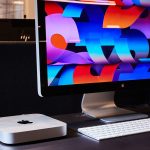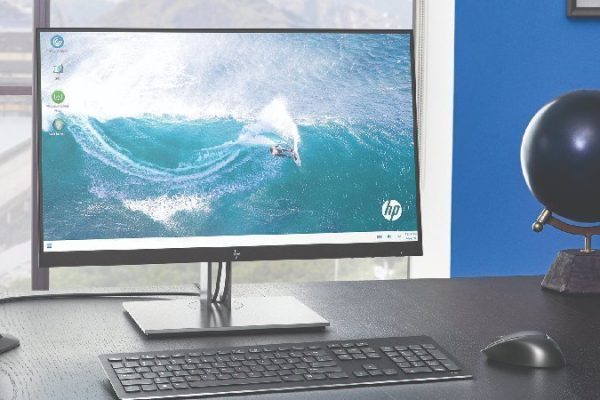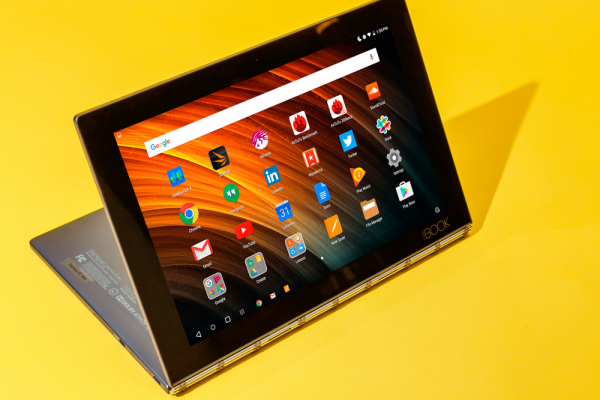Computer hardware forms the physical framework of computing devices, encompassing an array of components that work together to execute tasks and processes. Understanding these components and their functions is fundamental in comprehending the intricate workings of computers.
1. Central Processing Unit (CPU)
The CPU serves as the brain of the computer, executing instructions and performing calculations. It interprets and processes data retrieved from memory and other components. Clock speed, cache memory, and the number of cores determine its performance.
2. Random Access Memory (RAM)
RAM, or memory, temporarily stores data and instructions that the CPU needs to access quickly. It allows the computer to multitask efficiently by holding active programs and data in use. The more RAM a computer has, the smoother its performance when handling multiple tasks simultaneously.
3. Motherboard
The motherboard is the main circuit board where all components are connected and communicate with each other. It houses the CPU, RAM, storage devices, and other essential hardware. Expansion slots, such as PCIe and RAM slots, allow for the addition of extra components.
4. Storage Devices
Storage devices, such as hard disk drives (HDDs) and solid-state drives (SSDs), store data permanently. HDDs use spinning magnetic disks, while SSDs rely on flash memory, offering faster access speeds but typically at a higher cost per gigabyte.
5. Graphics Processing Unit (GPU)
The GPU, or graphics card, is responsible for rendering images, videos, and animations. It offloads graphical processing from the CPU, improving performance in graphics-intensive tasks like gaming, video editing, and 3D modeling.
6. Power Supply Unit (PSU)
The PSU provides electrical power to all components within the computer. It converts alternating current (AC) from the wall outlet into direct current (DC) usable by the computer’s internal components.
7. Cooling System
Computers generate heat during operation, and a cooling system, comprising fans, heat sinks, and sometimes liquid cooling systems, regulates temperature to prevent overheating and maintain optimal performance.
8. Input and Output Devices
Input devices, such as keyboards, mice, and touchpads, allow users to interact with the computer. Output devices, like monitors, printers, and speakers, display information or produce results based on the computer’s processes.
Conclusion
Understanding computer hardware components and their functions elucidates the intricate workings of these technological marvels. Each component plays a crucial role in the overall functionality of the system, working in harmony to process data, execute commands, and provide the user with a seamless computing experience. A grasp of these hardware elements lays the foundation for comprehending how computers operate and evolve in the ever-advancing landscape of technology.







